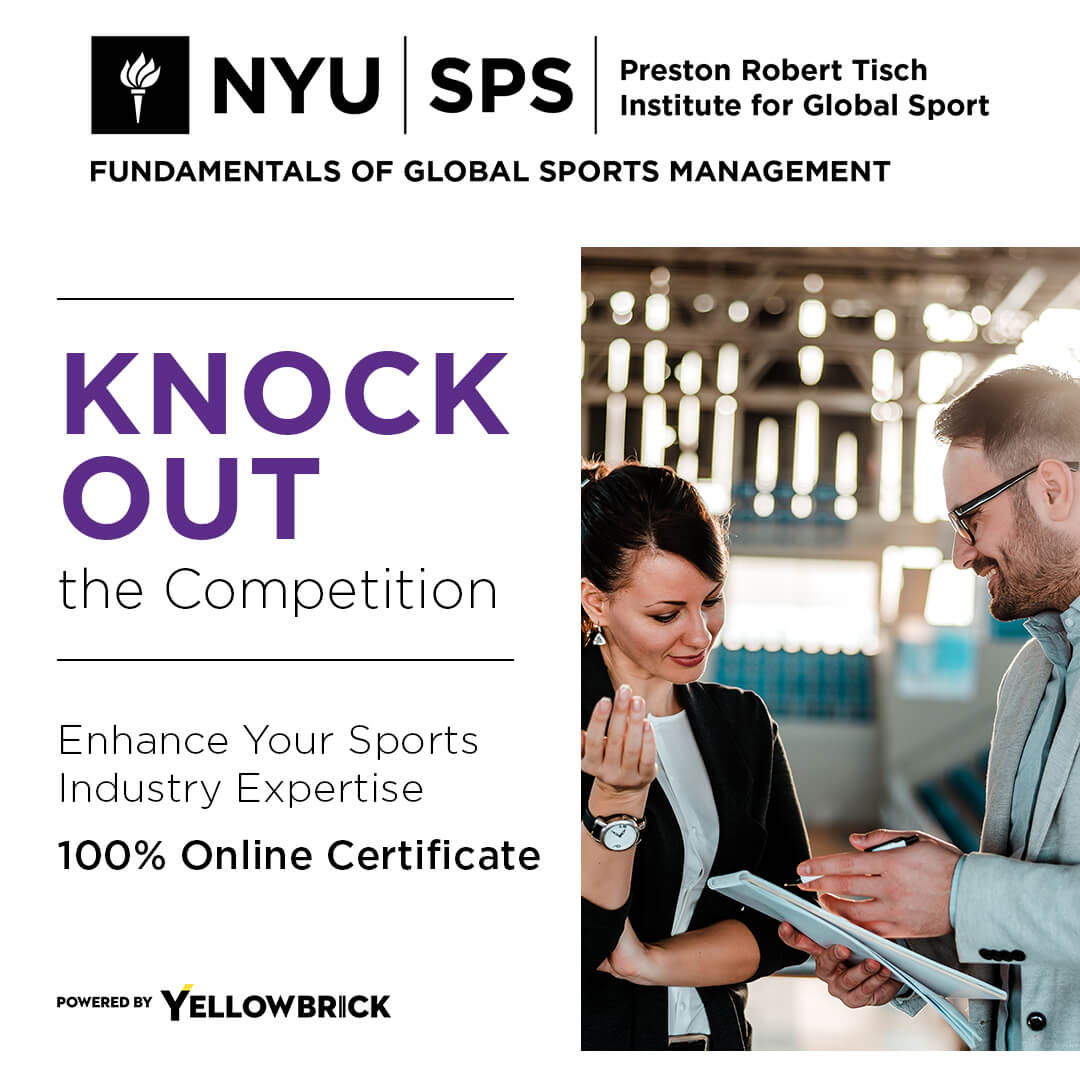Nike and Adidas are two of the biggest players in the sports apparel industry, constantly vying for dominance and market share. Their business strategies have shaped the industry landscape and have been instrumental in their success. In this article, we will explore the business strategies employed by Nike and Adidas in the sports apparel industry, analyzing their approaches to product innovation, marketing, branding, and global expansion. By understanding these strategies, aspiring professionals in the sports apparel industry can gain valuable insights that can help them navigate the competitive landscape and make informed decisions to drive their own success.
Product Innovation
Both Nike and Adidas have established themselves as innovative leaders in the sports apparel industry by continuously pushing the boundaries of technology and design. Nike, for instance, has a strong focus on research and development, constantly striving to create cutting-edge products that enhance athletic performance. Their Flyknit technology, which uses a single thread to construct a lightweight and seamless upper for shoes, is a prime example of their commitment to innovation. Adidas, on the other hand, has made significant strides in sustainability with their Parley for the Oceans initiative, which aims to reduce marine plastic pollution by using recycled plastic to create sportswear.
Marketing and Branding
Nike and Adidas are known for their iconic brands and powerful marketing campaigns. Nike, in particular, has built a strong brand identity centered around the concept of “Just Do It,” inspiring athletes and consumers alike to push their limits and achieve greatness. Their marketing efforts often feature high-profile athletes, such as Michael Jordan and Serena Williams, further reinforcing their brand’s association with excellence and success. Adidas, on the other hand, has adopted a more lifestyle-oriented approach, collaborating with fashion designers and celebrities to create unique and fashionable sportswear collections. This strategy has helped them appeal to a broader consumer base beyond just athletes.
Global Expansion
Both Nike and Adidas have successfully expanded their operations globally, capitalizing on the growing demand for sports apparel in emerging markets. Nike, for instance, has a strong presence in North America, Europe, and Asia, with a focus on key cities and regions that have a thriving sports culture. They have also forged strategic partnerships with local sports teams and federations to strengthen their brand presence. Adidas, on the other hand, has made significant inroads in the Chinese market, leveraging their sponsorship of the Chinese national football team and collaborations with popular Chinese celebrities to gain a strong foothold.
E-commerce and Digital Engagement
In recent years, the sports apparel industry has witnessed a shift towards e-commerce and digital engagement. Nike and Adidas have both recognized the importance of having a strong online presence and have invested heavily in their e-commerce platforms. Nike’s SNKRS app, for example, provides a seamless shopping experience for sneaker enthusiasts, offering exclusive releases and personalized recommendations. Adidas has also embraced digital innovation, leveraging augmented reality and virtual reality technologies to enhance the customer experience. Additionally, both brands have a strong social media presence, engaging with their audience and leveraging influencer marketing to reach a wider consumer base.
Collaboration and Partnerships
Nike and Adidas have both embraced collaboration and partnerships as a key strategy to drive brand awareness and innovation. Nike, for instance, has collaborated with fashion designers, such as Virgil Abloh and Off-White, to create limited-edition collections that merge sportswear and high fashion. Adidas has also forged strategic partnerships, such as their collaboration with Kanye West for the Yeezy brand, which has been highly successful in capturing the attention of the fashion-forward consumer segment.
Conclusion
Nike and Adidas have achieved remarkable success in the sports apparel industry through their innovative business strategies. Their focus on product innovation, marketing, branding, global expansion, e-commerce, and collaboration has propelled them to the forefront of the industry. Aspiring professionals in the sports apparel industry can learn valuable lessons from their strategies and apply them to their own careers. By staying ahead of industry trends, embracing innovation, and understanding consumer needs, individuals can position themselves for success in this dynamic and competitive industry.
Key Takeaways:
- Nike and Adidas have employed innovative strategies to establish themselves as leaders in the sports apparel industry.
- Product innovation is a key focus for both brands, with Nike’s Flyknit technology and Adidas’ sustainability initiatives as prime examples.
- Strong marketing and branding efforts have helped Nike and Adidas create powerful brand identities and appeal to a wide range of consumers.
- Global expansion has been a crucial aspect of their success, with strategic partnerships and localized approaches driving growth in different regions.
- E-commerce and digital engagement have become increasingly important, with Nike and Adidas investing in online platforms and leveraging technology to enhance customer experiences.
- Collaboration and partnerships have played a significant role in driving brand awareness and innovation for both companies.
To thrive in the sports apparel industry, aspiring professionals should stay updated on industry trends, embrace innovation, and understand consumer needs. Additionally, considering further education and training can provide a competitive edge. The NYU Fundamentals of Global Sports Management online course and certificate program offered by Yellowbrick is a valuable opportunity to gain comprehensive knowledge and skills in the field. By enrolling in this program, individuals can enhance their understanding of the sports industry and learn from industry experts, positioning themselves for success in this dynamic and competitive field.




